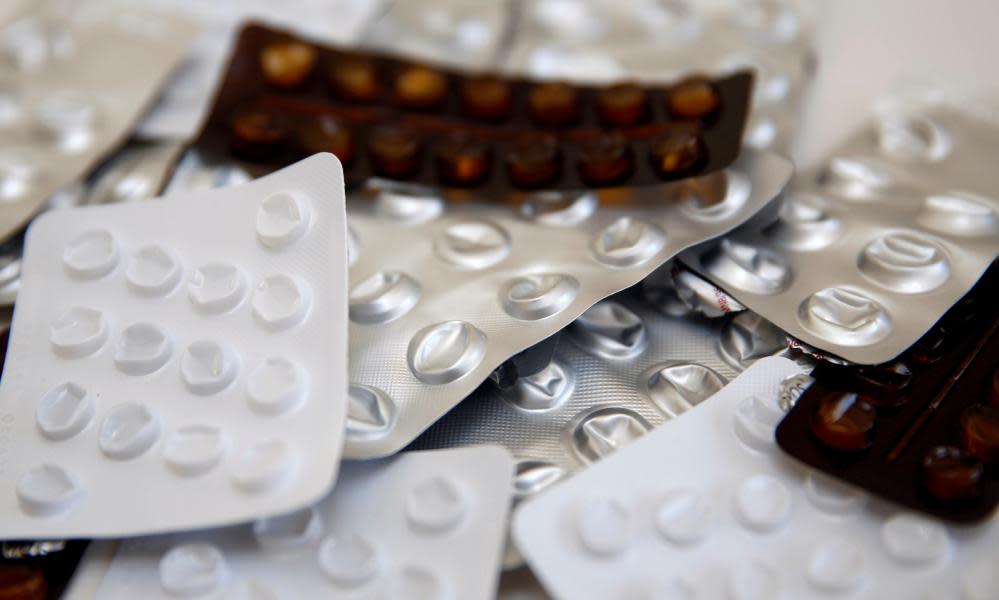'Struggling to cope': child suicide rates may rise as intentional self-poisoning rates double

The number of Australian children deliberately poisoning themselves with drugs like paracetamol and antidepressants has doubled in the past decade, which medical experts say may predict a future rise in youth suicide rates.
The authors of the study, published in the medical journal BMJ Open on Thursday, said the findings suggest a generation struggling to cope.
Researchers led by the University of Sydney and the NSW Poisons Information Centre analysed 70% of calls made to poison information centres between 2006 and 2016. They found 33,501 deliberate poisonings in youth aged between five and 19, and that more children were poisoning themselves from a younger age.
The most commonly ingested substances were those found commonly in households such as paracetamol, ibuprofen, antidepressants and antipsychotics. Intentional poisonings increased 98% overall across one decade, largely driven by a significant increase in poisonings in young people born after 1997. Girls outnumbered boys three to one.
“Our results indicate a generation that is increasingly engaging in self harm … Since people who self-harm are at an increased risk of suicide later in life, these results may foretell future increases in suicide rates in Australia,” the study concluded.
Self-poisoning is the most common method of self-harm in Australia, accounting for 80% of cases, and suicide is the leading cause of death in those aged between 15 and 44.
The study also examined trends in medicine dispensing through the pharmaceutical benefits scheme (PBS) database.
Lead author of the study, Dr Rose Cairns, said researchers found large increases in the prescribing of psychotropic medications in children.
“Psychotropic medications are used to treat symptoms of mental disorders such as antidepressants, antipsychotics, anxiety medications and ADHD medications,” Cairns said.
“We found there is substantial overlap between the most dispensed psychotropics and medicines most commonly used in self-poisoning episodes, which could mean that young people are overdosing on psychotropic medicine prescribed for them.”
The executive director of the youth mental health research institute Orygen, Professor Patrick McGorry, said “we need to save lives and futures”.
McGorry is also a founding director of Headspace, a non-profit organisation for youth mental health, and said staff at Headspace counselling centres were seeing a noticeable increase in the levels of distress in young people.
“We have definitely seen many more young people seeking help and the waiting lists are starting to blow out, the infrastructure of Headspaces aren’t strong enough to meet increases in need,” he said. “That’s part of the reason why we are seeing increases in self harm and suicidal behaviour.”
He said there were a number of theories why young people were more distressed than ever, including the impact of smartphones, online bullying, and a lack of meaningful face-to-face relationships.
“It doesn’t mean these factors are causative, but they could be contributing,” McGorry said.
“Young people are also concerned about climate change, the casualisation of the workforce, Hecs debt, financial pressures, and social and environmental changes. But these social mega-trends are very hard to intervene with so in the meantime we must make sure young people are getting the right kind of support early.”

 Yahoo News
Yahoo News 
